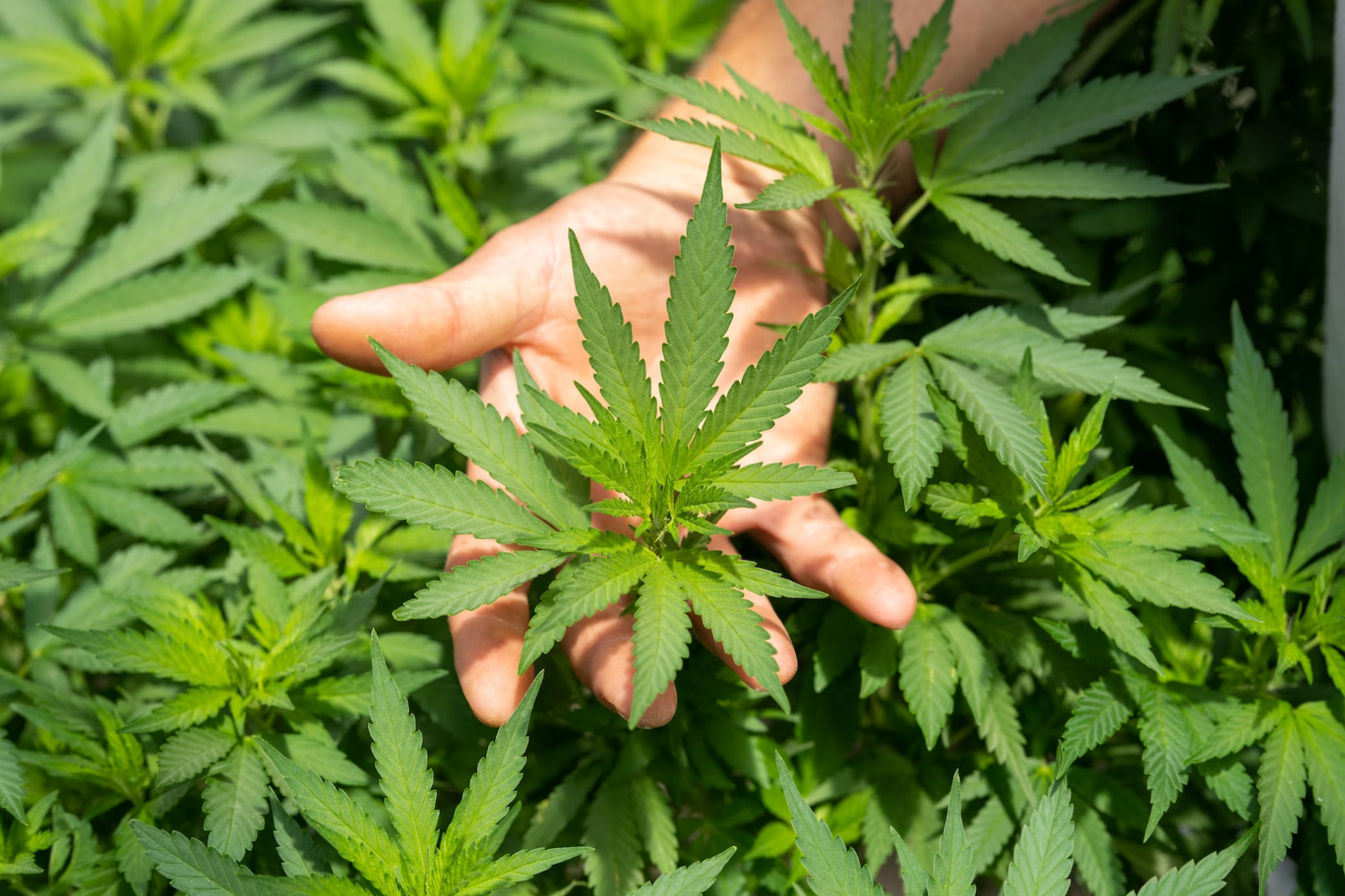Tetrahydrocannabinol, more commonly known as THC, stands out as the harbinger of euphoria and altered perception in cannabis. It is extracted from the resin on the leaves and the buds of female cannabis plants and has psychoactive properties that induce relaxation and heightened sensory experiences.
The compound’s relaxing effects are the reason for it being predominantly embraced for its recreational use.
However, there exists a trove of unconventional and surprising applications that go beyond the pursuit of leisure. That’s because THC has quietly emerged as a multi-faceted compound with surprising utility across various domains — from medicine to beauty products.
This article will explore these unconventional uses of THC, where its influence transcends the confines of a well-rolled joint.
Contents
Medical Applications
THC positioned itself as a promising compound in medicine. Among the fields that shot the compound into popularity is pain management. Its efficacy as an analgesic lies in its resemblance with cannabinoid chemicals — which the body naturally creates — and its interaction with the endocannabinoid system (ECS).
Consuming THC, either by ingesting or inhaling, stimulates cannabinoid receptors — thus activating the brain’s reward system and reducing pain levels. This unique attribute makes the cannabis-derived chemical a focal point in addressing chronic pain conditions, where traditional medications may fall short.
THC also showcases its potential as an agent for alleviating anxiety and stress. Its impact on the ECS influences mood regulation, thereby relieving symptoms associated with anxiety disorders.
Moreover, the compound extends its influence into sleep regulation. THC’s effects on neurotransmitters facilitate sleep by modulating the sleep-wake cycle, promoting relaxation, and reducing the time it takes to fall into slumber.
Mixing THC with Food and Drinks
THC also found a place in the culinary world, offering a new dimension to gastronomic experiences through gourmet edibles. Infusing the compound into culinary creations has given rise to a unique intersection of cannabis and cuisine that leaves behind the stereotypical image of marijuana-laden brownies.
From intricately crafted THC-infused chocolates to cannabis-infused olive oils, chefs are pushing the boundaries of flavor profiles and elevating edibles to gourmet status. This integration has also infiltrated high-end dining establishments and gourmet cuisine, where THC becomes an avant-garde ingredient that adds a distinctive touch to the culinary landscape.
Simultaneously, the cannabis-derived compound has made a splash in the realm of beverages — leading to the rise of cannabis-infused drinks. As an alternative to traditional smoking or vaping, these beverages offer a discreet and socially acceptable way to partake in the benefits of THC.
The array of THC-infused options flooding the market is motivating the beverage industry to embrace the introduction of THC with open arms and create a diverse landscape for enthusiasts and newcomers alike.
For those intrigued by the idea of blending THC into their culinary adventures, trying recipes for edibles becomes a gateway to exploring the diverse world of THC-infused delicacies. Exploring the world of THC-infused recipes opens up a realm of possibilities that surpasses pot brownies and gummies — promising a journey of flavors that trump the boundaries of traditional consumption.
THC’s Potential in Beauty
Stepping into the realm of beauty, THC unveils its potential to revolutionize skincare with its unique properties. The compound possesses anti-inflammatory and antioxidant properties that make it a promising ingredient for skincare products.
However, given that consuming high doses of THC results in a psychotropic high, skincare products often have very little amount of the chemical in their mixture. Still, its anti-inflammatory and antioxidant properties have spurred the development of THC-infused beauty products — be it creams and serums or balms and salves.
On the other hand, the influence of the compound extends into hair care as it presents a novel approach to maintaining luscious locks. From scalp health to overall hair strength, THC’s impact on hair health is multifaceted. Its anti-inflammatory properties are what make the chemical an ideal ingredient in addressing issues such as dandruff and dry scalp to foster an optimal environment for hair growth.
This revelation has led to the development of THC-infused hair care products that offer a unique approach to nurturing hair from root to tip.
These innovations represent an intriguing fusion of natural remedies with modern beauty practices, inviting consumers to consider alternative approaches to maintaining healthy skin and hair.
Legal and Ethical Considerations
Navigating the landscape of THC use requires a keen awareness of the current legal and social challenges surrounding its consumption. Despite evolving attitudes towards cannabis, legal frameworks vary widely across regions — leading to a complex web of regulations that influence access, distribution, and public perception.
This varied attitude toward marijuana demands a more coherent and uniform legal framework that provides clarity for users and researchers alike.
Ethical considerations also loom large in the conversation surrounding THC, urging a closer examination of responsible use. As the compound finds its way into diverse sectors such as medicine, culinary arts, and beauty, questions of ethical production, marketing, and consumption arise.
Striking a balance between the potential benefits and potential risks requires a collective effort to ensure that THC use aligns with ethical principles. Responsible use encompasses understanding and respecting legal boundaries, recognizing individual tolerance levels, and prioritizing health and well-being.
In this evolving landscape, individuals looking to explore the potential of THC are encouraged to explore recreational dispensaries, where legal frameworks permit responsible access to a variety of THC products. This step forward acknowledges the importance of aligning usage with legal and ethical standards, fostering a space where individuals can navigate the THC landscape with a sense of responsibility and awareness.
Conclusion
THC rises above its recreational roots, showcasing prowess in medicine, culinary arts, and beauty. The unconventional applications of the cannabis-derived compound redefine its role and introduce a dynamic landscape of possibilities. As research advances, the potential for innovation beckons.
However, the journey requires a delicate balance — navigating legal nuances and upholding ethical responsibility. The horizon of THC applications is broad and evolving, promising continued marvels with careful consideration.




